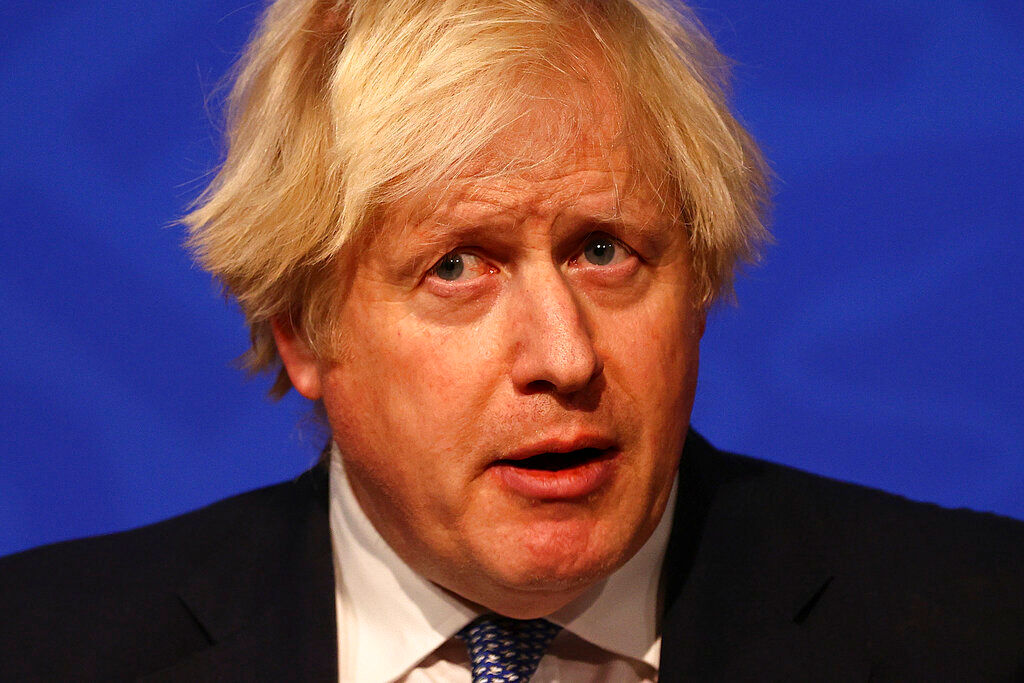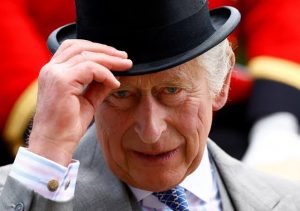UK Prime Minister Boris Johnson has refused to step down despite several high-profile resignations amid more scandals plaguing Downing Street. A rebel backbencher told i News that the 1922 Committee will likely send a delegation of “men in grey suits”, led by chairman and veteran Conservative Party member Sir Graham Brady, to convince Johnson to step down.
If the embattled PM still refuses, the rebel MPs plan on changing the committee rules to trigger another no-confidence vote, which usually can’t be set in motion for an entire year if the PM survives one. Johnson narrowly won his in June this year.
While Johnson has remained resolute in face of shrinking support from within his own party, the “men in grey suits” have a history of getting the job done.
Also Read | Boris Johnson resignation: Why 1922 Committee elections matter
Johnson’s predecessor, Theresa May, was embroiled in the Brexit deal and survived a no-confidence vote in December 2018. Despite the year-long immunity, opposition against May mounted and she was paid a visit by the “men in grey suits” in March 2019, led by Brady, who told the then-PM she “had to go”, the Sun reported.
May announced in a couple of months that she was stepping down as PM and would quit as the Conservative Party leader by June 7. She remained in office until a replacement was found, who himself is likely to face the same delegation after the UK has been rocked by the partygate and Chris Pincher scandals.
Also Read | House of Commons tells Johnson ‘Bye Boris’ after PMQ | Watch
The term “men in grey suits” was first used after the delegation ousted Margaret Thatcher.
If Johnson agrees to step down, there would be votes within the party to have someone in the leadership position. Johnson would likely remain in power until this individual was chosen and would take over as the new PM until 2025, when the country will see its next general elections.







